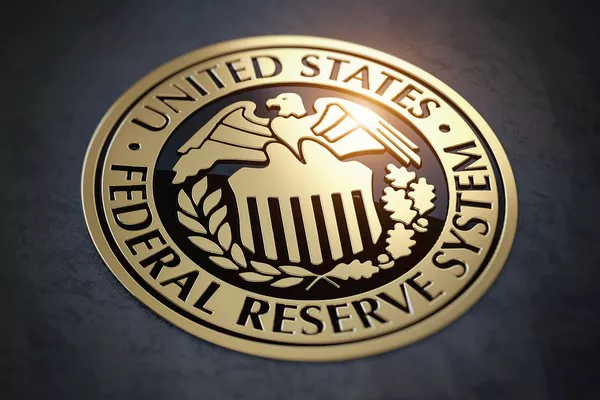The Federal Reserve System, often referred to as the Fed, is the central banking system of the United States. Established in 1913, it plays a crucial role in regulating the nation’s monetary and financial system. However, the ownership of the Federal Reserve remains a topic of intrigue and controversy. In this article, we will explore the complex ownership structure of the Federal Reserve and debunk some common misconceptions about its ownership.
The Federal Reserve System: An Overview
The Federal Reserve System is composed of several key components, including the Board of Governors, the Federal Reserve Banks, and the Federal Open Market Committee (FOMC). The Board of Governors is the policy-making arm of the Fed, while the Federal Reserve Banks are the operational centers that manage the day-to-day activities of the central bank. The FOMC, comprised of members from both the Board of Governors and the Federal Reserve Banks, is responsible for setting monetary policy in the United States.
The Complex Ownership Structure
One of the primary misconceptions about the Federal Reserve is who owns it. Contrary to popular belief, the Federal Reserve is not owned by a single entity or a group of private individuals. Its ownership is decentralized and structured in a unique way that reflects its public-private hybrid nature.
Member Banks: Commercial banks that choose to be part of the Federal Reserve System are required to hold stock in their respective Federal Reserve Bank. These member banks are represented by their boards of directors, who play a role in selecting the leadership of the Federal Reserve Banks. Member banks do not own the Federal Reserve; instead, they hold shares in the Federal Reserve Banks, which entitle them to certain privileges, such as dividends and voting rights in selecting some of the board members of the regional Federal Reserve Banks. However, the ownership of these shares does not translate to ownership or control of the entire Federal Reserve System.
The U.S. Government: The United States government has a significant influence on the Federal Reserve System. The President appoints the members of the Board of Governors, which serves as the primary policy-making body of the Federal Reserve. The Senate confirms these appointments, emphasizing the government’s role in shaping the central bank’s leadership.
Independence: The Federal Reserve is designed to operate independently within the government to insulate it from short-term political pressures and ensure that monetary policy decisions are made in the best long-term interests of the economy. This independence is enshrined in law and is a fundamental feature of the Federal Reserve’s structure.
Profits: The Federal Reserve System generates income through various activities, including interest on government securities and loans to banks. After covering its operational expenses, the Fed distributes the remaining profits to the U.S. Treasury. In this sense, the Federal Reserve’s earnings are, in part, owned by the U.S. government and contribute to the federal budget.
Myth: Private Ownership of the Federal Reserve
One common myth surrounding the Federal Reserve is the belief that it is owned by a select group of private individuals or financial institutions. This misconception often stems from a misinterpretation of the ownership structure, particularly the involvement of member banks and the stock they hold in Federal Reserve Banks.
The reality is that the Federal Reserve operates with a dual mandate: to promote maximum employment and maintain stable prices. Its decision-making processes are driven by a combination of public and private sector interests, but the ultimate goal is to serve the best interests of the nation’s economy as a whole.
Historical Context
The notion of private ownership of the Federal Reserve can be traced back to the establishment of the central banking system. In the early 20th century, during the development of the Federal Reserve Act, there were concerns about the concentration of financial power in the hands of a few powerful bankers. As a result, the Act was designed to include a public-private partnership structure to maintain a balance between government oversight and private sector involvement.
Conclusion
The ownership of the Federal Reserve is a complex and often misunderstood topic. While member banks hold shares in the Federal Reserve Banks, they do not own the entire Federal Reserve System. The U.S. government plays a crucial role in the central bank’s governance and decision-making processes, and the Federal Reserve operates independently to ensure its monetary policy decisions are made in the best long-term interests of the U.S. economy.
Dispelling the myth of private ownership is important for a better understanding of the Federal Reserve’s role and function in the U.S. economy. It is a unique institution that serves the public interest by maintaining economic stability and promoting full employment, all while balancing the interests of both public and private stakeholders. The Federal Reserve’s ownership structure reflects this duality and is intended to ensure that the central bank operates for the greater good of the United States.


